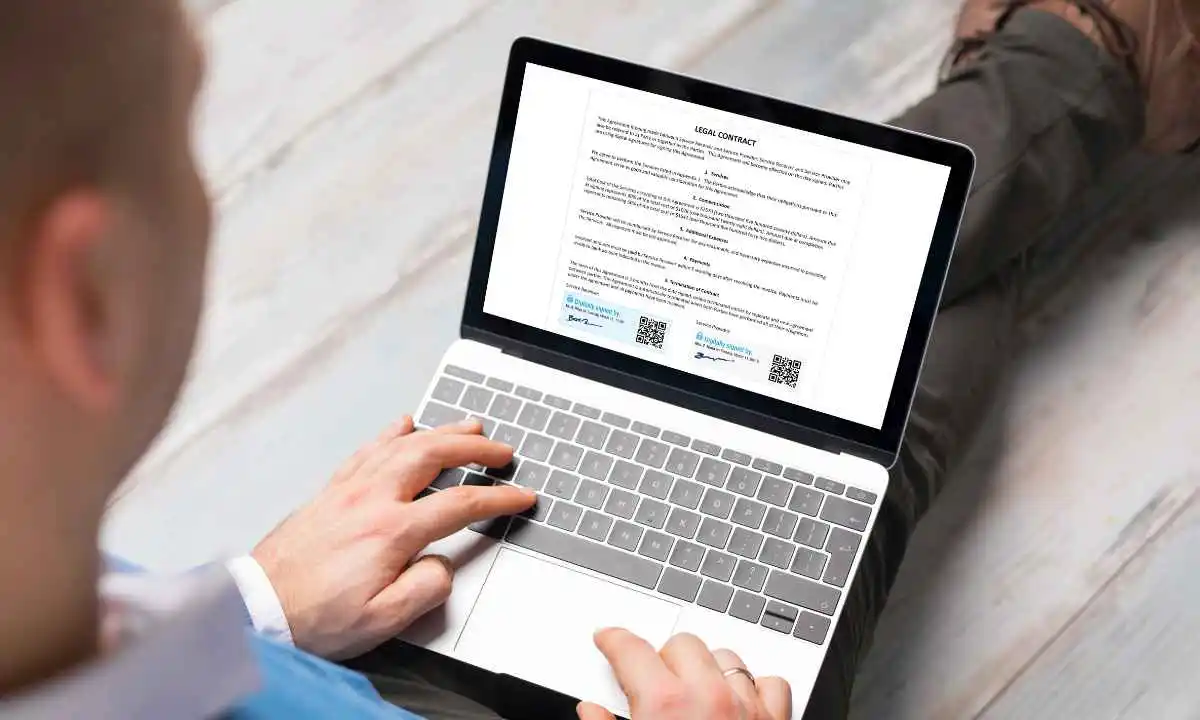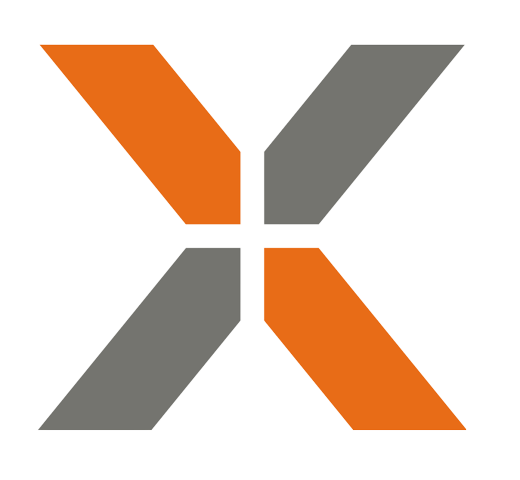The Power of Electronic Signatures
In the fast-paced and high-stakes world of construction, time is of the essence. Every minute saved is an opportunity to accelerate project timelines and enhance profitability.
In this context, electronic signatures (eSignatures) have emerged as a game-changer for the industry.
Being slow to contract means you can miss out on securing subcontractors for your projects, or that subcontractors are starting on-site without a signed contract.
The risks here are incredible, and they all pose a danger to your project being completed successfully.
Connecting procurement with eSignature can mitigate those risks, and help your projects run smoothly.

7 Benefits of Electronic Signatures
- Contracts signed fast
Electronic Signatures streamline the signing process, eliminating physical documents, mailing, and manual handling. This makes the subcontracting process more efficient and reduces the admin. - Accessibility and Convenience
eSignatures enable stakeholders to sign contracts remotely from any location, eliminating the need to print and bind multiple copies of contracts and physically transport them to the people who need to sign them. This convenience minimises delays caused by logistical challenges and keeps projects on track. - Complete traceability
See the status of contracts at any time. eSignature lets you know if your contract has been viewed and when it’s been signed. If changes need to be made, they can be actioned instantly instead of waiting for hard copies to be returned. No more playing the waiting game. - Cost Reduction
By eliminating printing, shipping, and storage costs associated with physical documents, eSignatures significantly reduce overhead expenses. Additionally, the streamlined workflow reduces the risk of errors and rework, further reducing costs. - Enhanced Security
Leading eSignature solutions offer robust encryption and authentication protocols, ensuring the integrity and authenticity of signed documents. Digital audit trails provide a comprehensive record of every action taken, enhancing accountability and reducing the risk of disputes. - Environmental Sustainability
Embracing eSignatures aligns with sustainable practices, reducing paper waste, physical storage and carbon footprint associated with traditional wet ink signatures. - Multiple use cases
Head Contractors that implement eSignatures for their construction subcontracts can also use the technology to improve other areas of their business, such as New Hire Paperwork.
What you need to consider about Electronic Signatures
Are Electronic Signatures legally binding?
eSignatures have gained legal recognition and acceptance worldwide.
Australia has established a robust legal framework to recognise the validity and enforceability of electronic signatures. The Electronic Transactions Act 1999 (ETA) governs the use of electronic signatures at the federal level. Under the ETA, electronic signatures are generally considered legally binding and have the same legal effect as handwritten signatures.
Various countries, including the United States, Canada, European Union member states, and others, have also enacted legislation to establish the legal validity of eSignatures.
Who are the Major Players?
Major players in the eSignature industry, such as DocuSign, Adobe Sign and HelloSign facilitate the creation, signing, and management of digital contracts.
What tech supports Electronic Signatures?
The success of eSignatures relies on secure and reliable technology.
The platforms above employ encryption algorithms and security measures to protect sensitive data throughout the signing process. Compliance with industry standards and regulations further ensures the integrity and legality of eSignatures.
How to implement Electronic Signatures in Construction
With all tech implementations, it's critical that they go smoothly. Frustrating implementations could cause a total lack of adoption throughout your business, leading to wasted time and money.
There are a few things you need to consider before implementing an eSignature solution.
Evaluate Needs:
Assess the specific requirements and pain points within your subcontracting processes to identify areas where eSignatures can provide the most significant benefits.
If subcontractors starting on site without a signed contract is becoming a problem, eSignature can help prevent that by making it faster to get to contract.
If locating physical copies of signed contracts is taking too long, having all your signed contracts stored digitally in a central location can make that a worry of the past.
Choose a Reliable Solution:
Research and select a reputable eSignature provider that aligns with your needs, desired integrations, security requirements, and budget.
Integration and Training:
Integrate the chosen eSignature solution with existing software systems, such as construction procurement software or construction management platforms and provide comprehensive training to ensure smooth adoption by all stakeholders.
Standardisation:
Establish clear guidelines and protocols for the use of eSignatures across the organisation, promoting consistency and compliance.
Ongoing Evaluation:
Continuously monitor the effectiveness of eSignatures and make necessary adjustments to optimise the process further.
Drawbacks of Electronic Signatures
While eSignatures offers a huge range of benefits, it is essential to acknowledge potential drawbacks:
Dependency on Technology:
Reliance on software introduces the risk of technical glitches, such as server outages or connectivity issues. Backup plans and contingency measures should be in place to address such situations.
Resistance to Change:
Some individuals may be hesitant to adopt new technology, particularly if they are accustomed to traditional signing methods.
For any new software you bring onboard, implementation, training and on-going support provided by the software vendor should be non-negotiables.
A strong onboarding program can help remove resistance to change and ensure a smooth roll-out of any new software, including electronic signature.
Check out how ProcurePro integrates with DocuSign to provide a fast, traceable and sustainable subcontracting solution.








